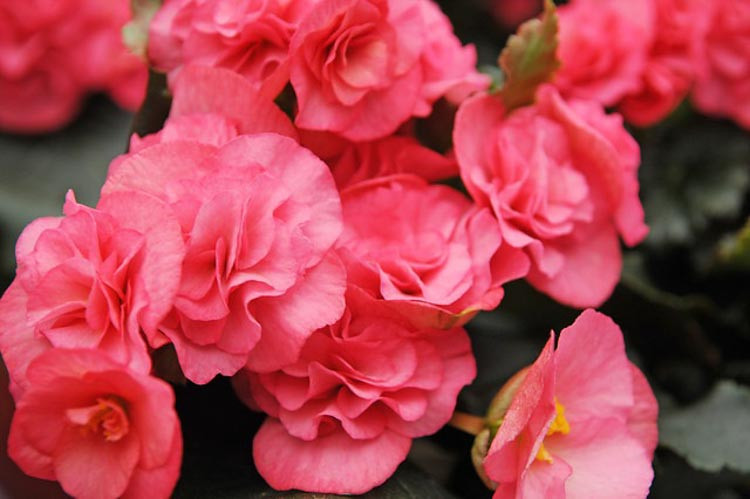Begonia
Begonia plants are a popular flowering plant with over 2,000 species and countless hybrids. They are native to subtropical and tropical regions and can be found growing in a variety of habitats, from rainforests to deserts. Begonias are known for their vibrant flowers, which come in a range of colors and sizes, as well as their attractive foliage.
- Types: There are many different types of begonia plants, including tuberous begonias, fibrous begonias, rex begonias, and angel wing begonias. Each type has its own unique characteristics and growing requirements.
- Flowers: Begonias are known for their stunning flowers, which can be single or double and come in a variety of colors, including pink, red, orange, yellow, and white.
- Blooming season: Begonias are indefatigable bloomers, continuously producing myriads of magnificent flowers from spring to frost.
- Foliage: Many begonia varieties have attractive foliage, with leaves that can be shaped like hearts, stars, or even spirals. Some begonias have variegated leaves or are covered in fine hairs or fuzzy textures.
- Growing conditions: Begonias thrive in warm, humid conditions in partial shade or filtered light and require well-draining soil and regular watering. They can be grown both indoors and outdoors, depending on the species and the climate.
- Uses: Begonias can be used in a variety of ways, including as bedding plants, container plants, window boxes, hanging baskets, or houseplants. They are often grown for their ornamental value and are popular in both formal and informal garden settings.
- Deer/rabbit: Deer and rabbits generally avoid begonias because they do not prefer the taste of their leaves and flowers.
Overall, begonias are a beautiful and rewarding plant to grow, with a wide range of varieties and growing options to choose from. With proper care and attention, they can thrive and produce abundant flowers and foliage, adding color and interest to any garden or indoor space.

